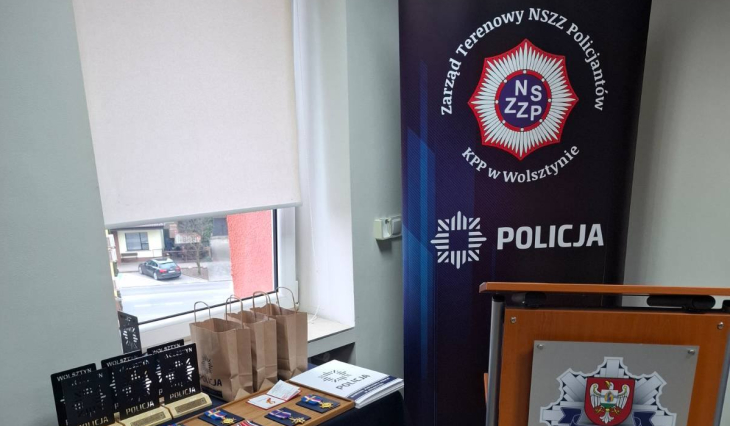The definitive end of the Weimar republic was the Parliament's adoption of the bill on power of lawyer (Ermächtigungsgesetz) on 23 March 1933. On the same day, it was accepted by both chambers of parliament, and the president signed it in the evening.
The bill gave the government (in practice – Chancellor) the power of lawyer to legislate without Parliament. This law was introduced on a temporary basis for the removal of the Reich and Nation from the state of crisis (‘Behebung der Not von Volk und Reich’) for 4 years.
It was later extended twice, and it would most likely have continued if it had not been for the fall of the 1000 - year - old Reich. After his adoption, Parliament lost any meaning, he met little and little frequently, after 1942 at all.
In order to introduce specified a provision, the NSDAP needed a constitutional majority – 2 thirds of the vote. It didn't even have one, including all the coalitions. In this last vote, the coalitions of the NSDAP were all (liberals, chadeci, nationalists, conservatives, agrarians), but for the left: communists and social democrats.
In the last multi-party elections of March 5, 1933, the communists received 12.3% of the vote and won 81 seats (647 total). However, they were not allowed to vote. The organization was already illegal at the time and all individual suspected of being active with the KPD was imprisoned without a court martial.
Hitler allowed them to run in the election simply due to the fact that he did not want all the voices of the left to be taken by the last opposition force – the SPD. So the Social Democrats received only 18.2% of the votes and 120 seats in this election.
While democracy inactive existed in Germany, the SPD regularly collected around 30% of the vote. Since 1930, however, democratic freedoms have been suspended, a state of emergency has been introduced in the Reich, and under these conditions the opposition could no longer conduct a average electoral run or supervise the counting of votes.
The Weimar Republic was a national state. The largest national state was Prussia, for historical reasons covering more than half of the territory, from Rhineland to Kölewiec.
In July 1932, Chancellor von Papen unlawfully spread the democratic government of Prussia and announced that it would regulation this territory directly. This step was challenged by the German Constitutional Court, but the government ignored this judgement – it was already the last decision of the Court.
Elections in half of the country could so already be falsified regularly, which explains the decline in support of the SPD and the increase in support of the NSDAP in subsequent elections. However, in no NSDAP could gain a adequate majority. In the second parliament they had a tiny majority, 288+52=340 at a half of 324.
Hitler managed to gain the support of another groups, each promising something in return. Catholics concordat (substantially signed a fewer months later), liberals restored in the country of order (they had 5 mandates). These fresh speeches by leaders of various groups are fascinating reading. any (e.g. Father Ludwig Kaas, leader of the chadeks) seemed to not realize that this speech was already the last of their careers.
Marshal Goering was afraid that at the last minute individual would break out of this coalition, so just in case he illegally announced that he would number the quorum differently – with the exception of 81 mandates of KPD MPs. It brought the quorum down to 378.
Members of the absent were counted as if they were present, but they abstained. It was evidently illegal, but there was no Constitutional Court to rule...









